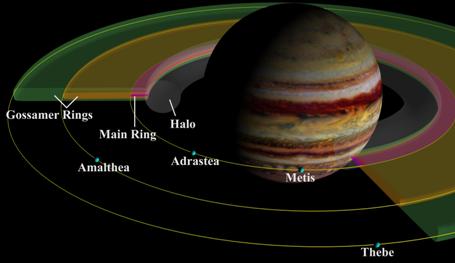| NGC 6121, shown here in this Chandra image, is located in the Milky Way and is part of the new study that shows globular clusters might be surprisingly less mature in their development than previously thought. NASA/CXC/Northwestern Univ/J.Fregau [View Larger Image] Some of the oldest objects in the universe may still have a long way to go, according to a new study using NASA's Chandra X-ray Observatory. These new results indicate that globular clusters might be surprisingly less mature in their development than previously thought. Globular clusters are incredibly dense bunches of up to millions of stars that are found in the outskirts of galaxies, including the Milky Way. They are among the oldest known objects in the universe, with most estimates of their ages ranging from 9 to 13 billions of years old. Understanding the nature of globular clusters is very important as they are thought to contain some of the first stars to form in a galaxy. "For many years, globular clusters have been used as wonderful natural laboratories to study the evolution and interaction of stars," says John Fregeau of Northwestern University, who conducted the study. "So, it's exciting to discover something that may be new and fundamental about the way they evolve." Conventional wisdom is that globular clusters pass through three phases of development, corresponding to adolescence, middle age, and old age. For years, it's been thought that most globular clusters are middle-aged with a few being toward the end of the lives. However, Chandra data along with theoretical work suggest this may not be the case. When single and double stars interact in the crowded centers of globular clusters, new double stars can form that transfer mass and give off X-rays. Since such double stars are expected to mostly be formed in the middle of a globular cluster's life and then lost in old age, the relative number of X-ray sources gives clues about the stage of evolution the cluster is in. |
| NGC 6397 is also part of the new study. NASA/CXC/Northwestern Univ/J.Fregau [View Larger Image] The implication is that most globular clusters, including the other ten studied by Fregeau, are not in middle age, as previously thought, but are actually in adolescence. "It's remarkable that these objects, which are thought to be some of the oldest in the universe, may really be very immature," said Fregeau whose paper appears in The Astrophysical Journal. "This would represent a major change in thinking about the current evolutionary status of globular clusters." If confirmed, this result would help reconcile other observations with recent theoretical work that suggest the tightness of the central concentration of stars in the most evolved globular clusters is consistent with them being in middle age, not old age. Other theoretical studies have suggested it can take longer than the age of the Universe for globular clusters to reach old age. Besides improving the understanding of the basic evolution of globular clusters, this result has implications for understanding stellar interactions in dense environments. It also removes the need for exotic mechanisms — some involving black holes — that were thought to be needed to prevent the many middle-aged clusters from collapsing into old age. "Some exotic scenarios, including some of my own, have been invoked to try to make sense of the observations and save the old theory," says Fregeau. "If this result holds up, we don't have to worry about the exotic scenarios any more." Adolescence for a globular cluster is used here to describe a phase after cluster formation when the stars near the center of the cluster collapse inwards. Middle age refers to a phase when the interactions of double stars and the formation of X-ray sources near the center of the cluster prevents it from further collapse. Finally, old age describes when binaries in the center of the cluster run out and the center of the cluster collapses inwards. |












